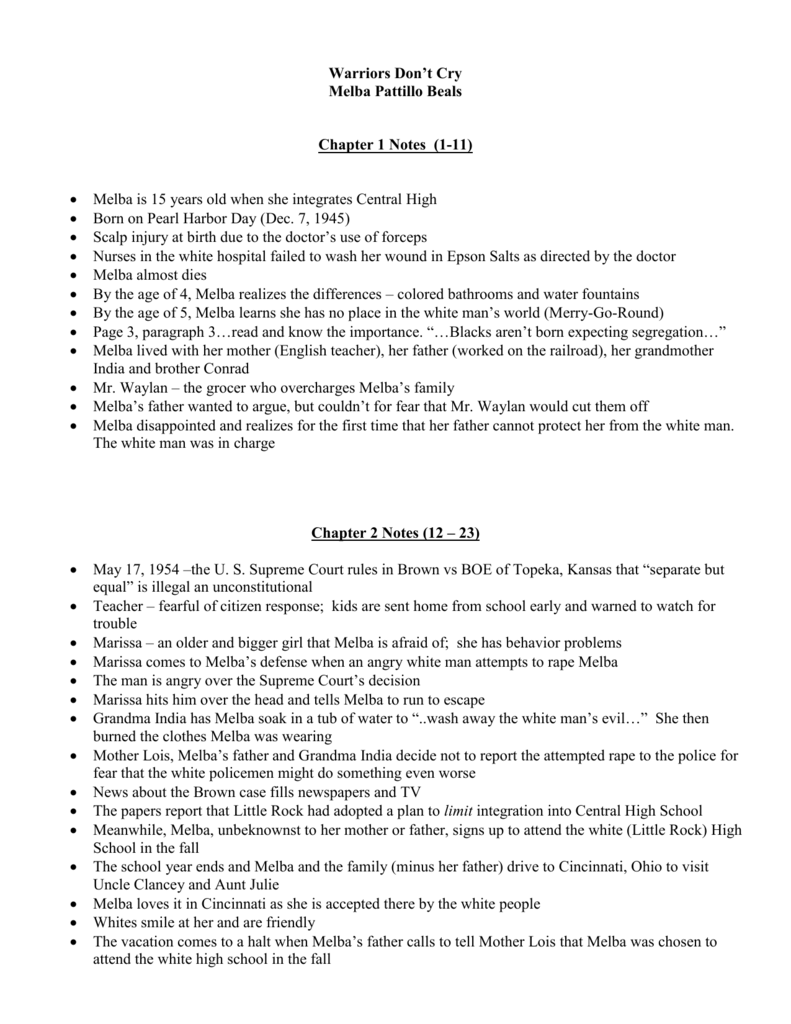

What’s more, they believed something that still seems counterintuitive today: that children are, in their essence, methodical, self-directed beings with a strong work ethic, perfectly capable of deep concentration, and that their tendency toward inattention and disruption can be a reasonable response to disharmonious surroundings. Montessori and her many disciples made this common sense. The eschewing of individual desks in favor of mats and child-size tables, the primacy of hands-on learning, daily observances such as “circle time” (when children sit cross-legged on a rug to share news and participate in group lessons) and “choice time” (when children busy themselves at various classroom “centers” for art, music, tower-building, and so on)-all of these elements of early-childhood education are indebted to Montessori’s philosophy.Īt the turn of the twentieth century, it was revolutionary to think that a child’s education could be child-centered-shaped according to his or her actual brain and body.

(She barely touched it, and I gave it away after her toddler brother expressed an interest in eating the numbers.)įor the Montessori-curious parent on a budget, there is consolation in the wide and lasting influence of the movement’s founder, Maria Montessori, the Italian physician and educator whose ideas and innovations are ubiquitous even in the preschools that do not bear her name. But when I reviewed the numbers, the following weekend, I concluded that I could pay the tuition only if I went into credit-card debt-and, really, if that qualifies as being able to “afford” something, what can’t you afford? I withdrew her application, and, to self-soothe, I bought a Montessori-ish hundred-piece counting board for her off Amazon. I scheduled her required interview afterward, the director told me, “Oh, she’s a dream,” and in that moment I would have signed a Sea Org contract in exchange for a year of my kid’s enrollment. This was our local Montessori school, and I had convinced myself that, with a bit of scrimping and bootstrapping, I could somehow find the money to send my daughter there. When it was time for “walking on the line”-a morning custom in which the children followed a line of tape on the floor, around and around, silent and judiciously spaced-I felt overcome by a sense of dazed compliance. They stacked blocks, strung beads, and arranged letter boards, and of course I had seen these kinds of blocks and beads and boards before, but never these specific, exquisite renderings of them.

The children, aged two to six, were serious and serene, occasionally speaking to each other in low, considerate tones. When I went inside, my expectations were met.
#Battle cry of freedom book summary windows#
Its first-floor windows were concealed by tall bushes of a deep impossible green, and everything that a childhood should be was waiting for my daughter behind them, or so I believed. When my daughter was little, I became fixated on a schoolhouse a few blocks from our apartment-a Tudor-style storybook cottage, with red trim and a brick chimney and a playground all of wood.


 0 kommentar(er)
0 kommentar(er)
